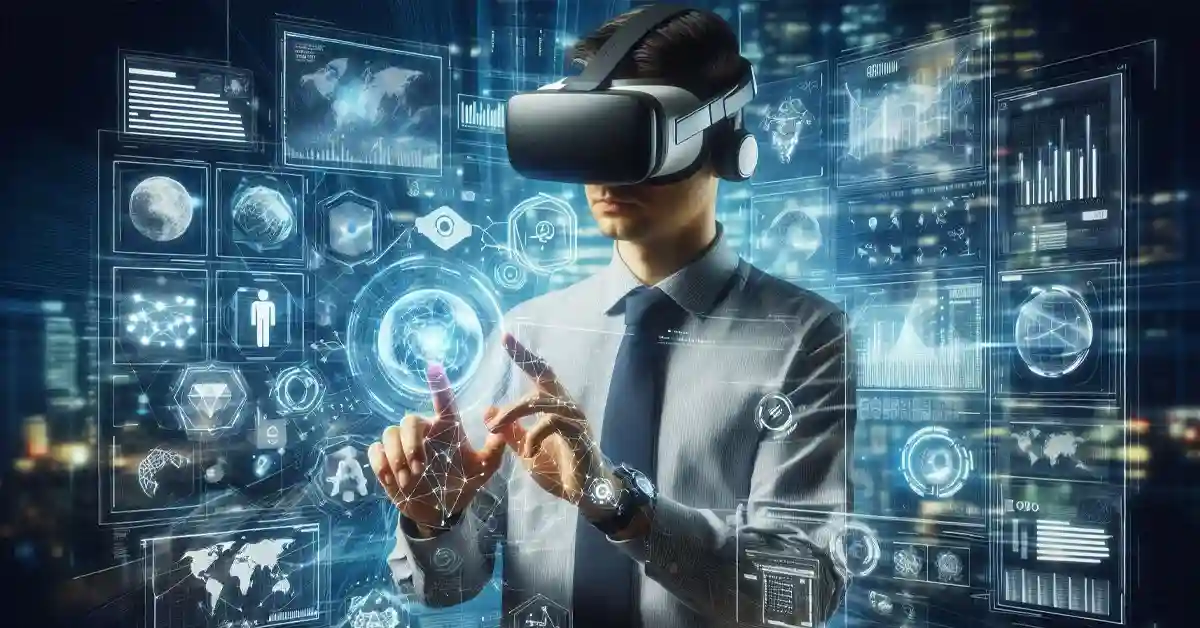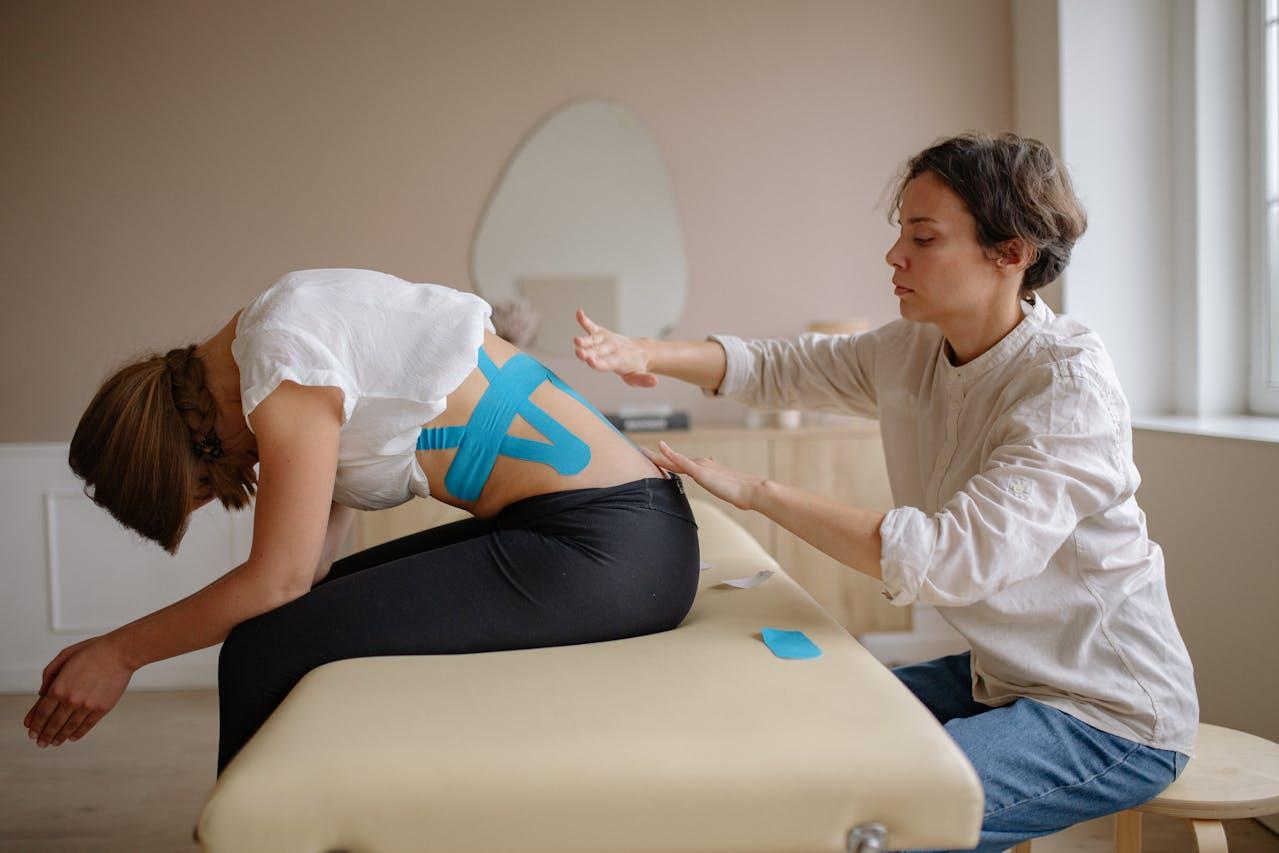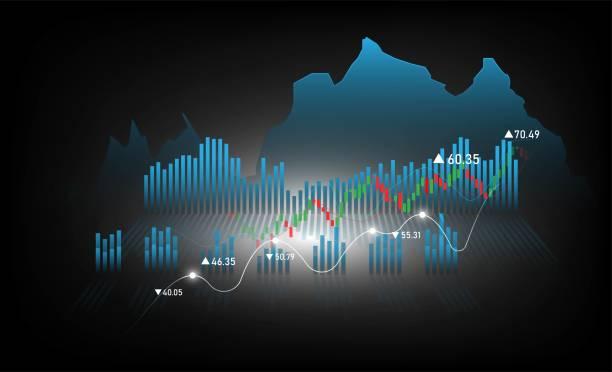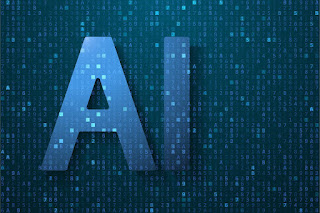Are you fascinated by how technology can blur the lines between the real and the virtual? Mixed Reality (MR) is revolutionizing this boundary, making digital experiences more immersive and intuitive than ever before. Imagine stepping into a virtual world that feels as tangible as your own living room or interacting with digital objects as naturally as you would with physical ones. This is the promise of MR technology.
What technologies enable MR experiences to be more immersive and intuitive? At its core, MR combines the best of Augmented Reality (AR) and Virtual Reality (VR), creating a hybrid environment where digital and physical elements coexist and interact in real-time. This technology opens up a plethora of possibilities, from gaming and education to remote work and healthcare. But how do these MR experiences achieve such a high level of immersion and intuitiveness?
The answer lies in a combination of advanced technologies, each playing a crucial role in enhancing the user experience. From cutting-edge hardware like headsets and sensors to sophisticated software algorithms and AI capabilities, various components work together to create these mesmerizing MR environments. In this article, we’ll explore the key technologies driving MR, examine their benefits, and discuss how they are shaping the future of digital interaction.
What is Mixed Reality (MR)?
Mixed Reality (MR) is a technology that combines elements of both Augmented Reality (AR) and Virtual Reality (VR). Unlike AR, which overlays digital content on the real world, and VR, which immerses users in a fully virtual environment, MR creates a hybrid space where digital and physical objects coexist and interact seamlessly. This makes MR experiences incredibly engaging and lifelike.
The Role of Advanced Headsets
Advanced headsets are the primary hardware enabling MR experiences. Devices like Microsoft’s HoloLens and Magic Leap’s headsets use a combination of cameras, sensors, and displays to project digital content into the real world. These headsets track the user’s movements and adjust the digital elements accordingly, ensuring a seamless blend of the virtual and physical worlds.
Leveraging Artificial Intelligence
Artificial Intelligence (AI) plays a pivotal role in making MR experiences more intuitive. AI algorithms analyze the user’s environment in real-time, enabling the MR system to adapt and respond to changes dynamically. For instance, AI can recognize objects in the room and use this information to create more contextually relevant interactions, making the experience more immersive.
The Importance of Spatial Mapping
Spatial mapping technology allows MR devices to understand and interpret the physical space around the user. By creating a 3D map of the environment, MR systems can accurately place digital objects in the real world. This ensures that virtual elements appear as if they belong in the physical space, enhancing the overall realism of the experience.
Eye-Tracking Technology
Eye-tracking technology is another crucial component of MR systems. By monitoring where the user is looking, MR devices can prioritize rendering resources to that area, improving performance and visual quality. Eye-tracking also enables more natural interactions, such as selecting objects or navigating menus with just a glance.
Hand Gesture Recognition
Hand gesture recognition technology adds a new dimension to MR interactions. Advanced sensors and cameras can detect and interpret hand movements, allowing users to manipulate digital objects intuitively. This eliminates the need for physical controllers, making the MR experience more immersive and accessible.
The Power of High-Resolution Displays
High-resolution displays are essential for delivering crisp and detailed visuals in MR environments. Modern MR headsets use cutting-edge display technology to render vibrant and lifelike images. These displays, combined with a wide field of view, create a sense of presence that is crucial for immersive experiences.
Integrating Haptic Feedback
Haptic feedback technology enhances MR experiences by providing tactile sensations in response to user interactions. For example, when you touch a virtual object, haptic devices can simulate the feeling of texture and resistance. This sensory input makes the digital elements feel more real and engaging.
Role of Cloud Computing
Cloud computing is vital for the scalability and flexibility of MR applications. By offloading complex computations to the cloud, MR systems can deliver high-quality experiences without requiring powerful local hardware. This makes MR technology more accessible and allows for more sophisticated applications.
Networking and 5G Connectivity
Fast and reliable connectivity is critical for MR experiences, especially in multi-user environments. 5G technology provides the bandwidth and low latency required for real-time interactions, enabling smooth and responsive MR applications. This ensures a seamless experience, whether you’re collaborating with colleagues or playing a multiplayer game.
Real-World Applications in Gaming
In the gaming industry, MR offers unparalleled levels of immersion and interactivity. Games like “Pokémon Go” have already shown the potential of blending digital and physical worlds. With MR, gamers can experience environments that react dynamically to their movements and actions, creating more engaging and lifelike gameplay.
Transforming Education with MR
MR technology has the potential to revolutionize education by creating interactive and immersive learning experiences. Imagine students exploring historical sites in a virtual environment or conducting science experiments in a digital lab. MR can make learning more engaging and effective.
Enhancing Remote Work
For remote work, MR provides new ways to collaborate and communicate. Virtual meeting rooms, digital whiteboards, and 3D models can improve team productivity and creativity. MR can bridge the gap between remote and in-person interactions, making remote work more efficient and enjoyable.
Healthcare Innovations
In healthcare, MR offers innovative solutions for training, diagnostics, and treatment. Surgeons can practice complex procedures in a virtual environment, and doctors can visualize patient data in 3D. MR can improve the accuracy and effectiveness of medical interventions.
Retail and Shopping Experiences
Retailers can use MR to create interactive shopping experiences. Customers can try on virtual clothes, preview furniture in their homes, or explore product features in 3D. MR can enhance customer engagement and drive sales.
Conclusion
Mixed Reality (MR) is transforming how we interact with digital content, making experiences more immersive and intuitive. The combination of advanced hardware, AI, spatial mapping, and other technologies enables MR to create lifelike and engaging environments. From gaming and education to remote work and healthcare, MR technology offers numerous benefits and opportunities.
By understanding and leveraging these technologies, businesses and individuals can unlock the full potential of MR. Whether you’re a tech enthusiast, a digital nomad, or a gamer, MR offers exciting possibilities for the future. Stay tuned to explore more about how MR can enhance your digital experiences.
FAQs and Answers
What is Mixed Reality (MR)?
Mixed Reality (MR) combines elements of Augmented Reality (AR) and Virtual Reality (VR) to create a hybrid environment where digital and physical objects coexist and interact.
How does AI enhance MR experiences?
AI analyzes the user’s environment in real-time, allowing the MR system to adapt dynamically, creating more contextually relevant and immersive interactions.
What role does spatial mapping play in MR?
Spatial mapping technology enables MR devices to create a 3D map of the environment, ensuring accurate placement of digital objects in the real world for enhanced realism.
How is MR used in healthcare?
MR is used in healthcare for training, diagnostics, and treatment, allowing for virtual practice of procedures, 3D visualization of patient data, and improved medical interventions.
What are the benefits of MR in gaming?
MR provides unparalleled immersion and interactivity, creating dynamic environments that react to the user’s movements and actions, offering more engaging gameplay experiences.










